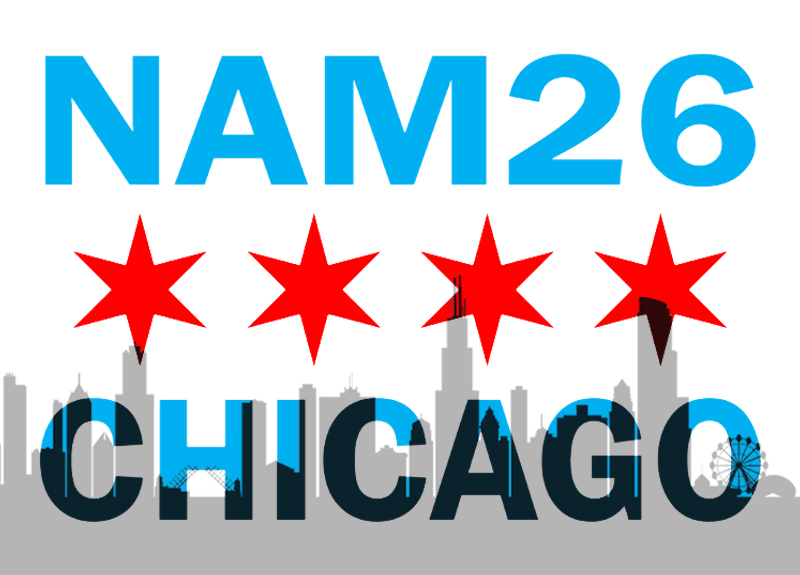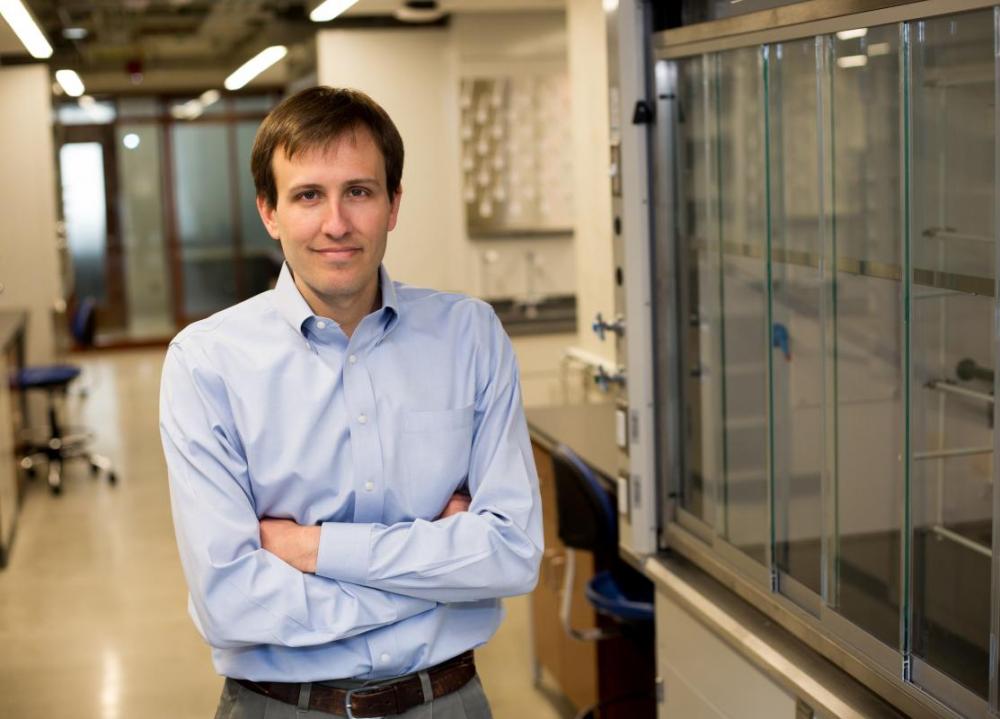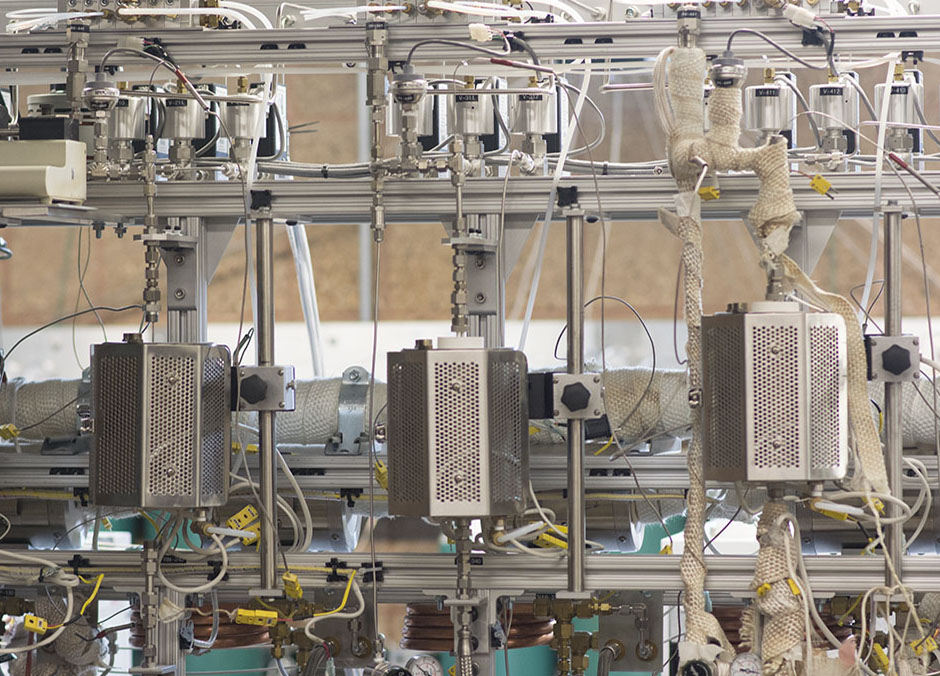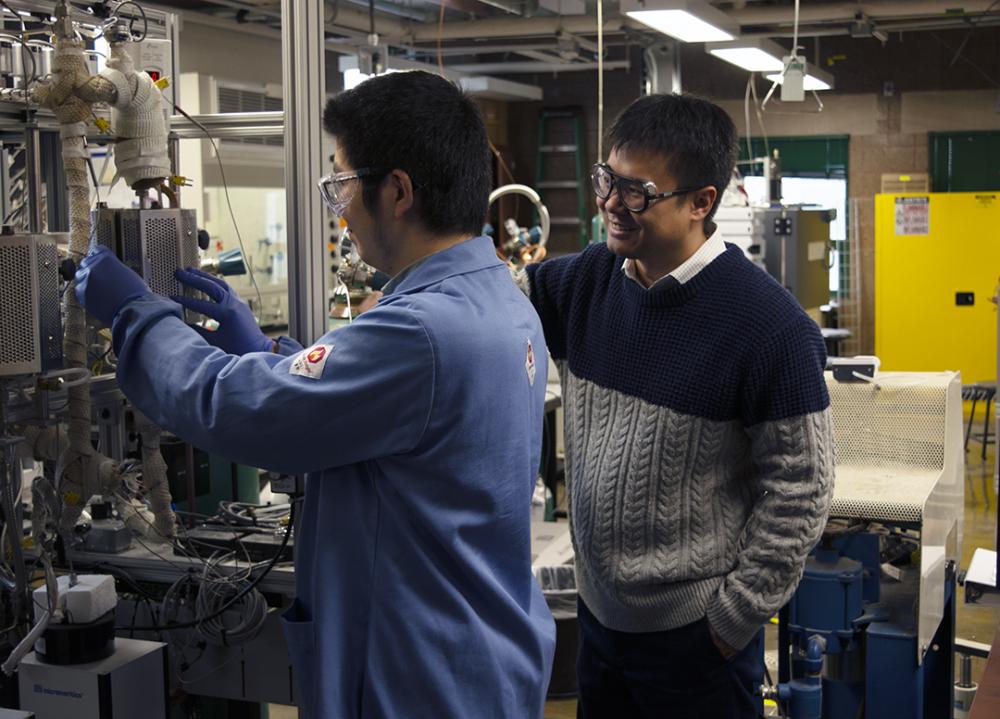Faculty and students and industry researchers from all over the world will share the latest research on catalysis science and technology at the 2019 North American Catalysis Society Meeting (NAM) in Chicago this June.
An important part of green chemistry, catalysis enables scientists to accelerate chemical processes and thereby increase the efficiency of the industrial process as well as reducing waste that causes air pollution and water pollution.
Some 1600 participants are expected to participate in the meeting – NAM26. As the 26th biennial meeting, it marks 50 years of NAM since the first meeting was held in 1969 in Atlantic City.
The conference will feature topics from all areas of catalysis, such as catalyst characterization, catalyst design and synthesis, and reaction engineering. The majority use solid catalysts that are critical to the conversion of waste and the production of clean fuels, according to meeting co-chair Justin Notestein, professor of chemical and biological engineering at Northwestern University.
This will be the third time that the Chicago Catalysis Club hosts the event that rotates between different local chapters of the North American Catalysis Society (NACS) every two years.
Chicago is a fitting site for the occasion, according to Notestein. “Chicago is a hub for at least the national, if not the international, chemical industry,” he says. In particular, “Northwestern has a very rich history in this field.”
The Center for Catalysis and Surface Science (CCSS), a strategic research center within the Institute for Sustainability and Energy at Northwestern (ISEN), is one of the platinum sponsors of NAM26. CCSS is home to the Institute for Catalysis in Energy Processes of which Notestein serves as principal investigator.
The Robert Burwell Lectureship in Catalysis, a national award given out by the NACS in recognition of substantial contributions to one or more areas in the field of catalysis, is named after Northwestern chemistry professor Robert Burwell, who served from 1939 to 1980.
“Northwestern has a very strong historical background in materials development, in this case for catalysis,” Notestein says. Through partnerships with other research institutes such as Argonne National Lab, Northwestern is able to use advanced characterization tools in building new materials.
“We work well at the intersection of chemical engineering, chemistry, and material science, so we are able to do new materials development, a little bit easier than places where chemistry and material science and chemical engineering might be very separated,” Notestein explains.
This year NAM will run workshops “designed for students,” Notestein says, and they are new to the conference. “If you want to understand the computational chemistry aspects of designing new materials, you can hop in the session on that,” he says. “For the next session you might go down the hall and hear a presentation on using materials for pollution abatement.” Other sessions will include discussions on computational catalysis, how to use synchrotron tools to assess the potential of catalysts, and choosing an appropriate reactor to get the best results.
Student attendees will not only benefit from gaining exposure to the world-class research shared at this meeting, but also from its “heavy professional networking component,” Notestein says. “It turns out that a lot of students will find a job at this meeting.”
This is made possible through a very large representation from industry that exhibits at the conference. “There will be researchers from industry labs from all over the world,” he says, such companies include Chevron, Honeywell UOP, and Exxon Mobil.
Another new feature of NAM26 will be a panel discussion with the topic of “best practices in catalysis research.” “Our field is so old, yet often times it’s lacking in terms of standards on how we expect to present data,” Notestein says. The panel will get into what should the field of catalysis science and technology be looking for as they look to standardize data sets and get reproducible science.
At the meeting, Northwestern researchers will give talks on materials development topics such as metal organic frameworks and conventional oxide materials that enable the less expensive manufacture of chemical compounds used by a number of industries such as pharmaceuticals and agriculture. The conference will also feature computational work on complex reaction networks, material simulations, and procedures for quickly screening millions of materials as potential selective catalysts.
For more information, please visit the NAM26 homepage.







